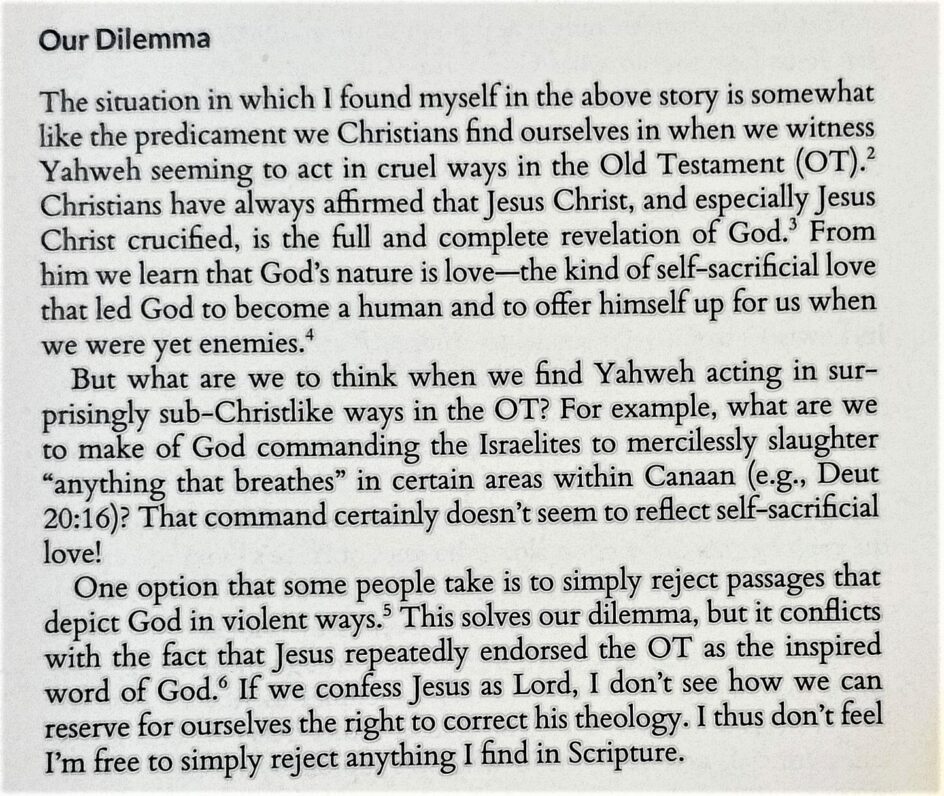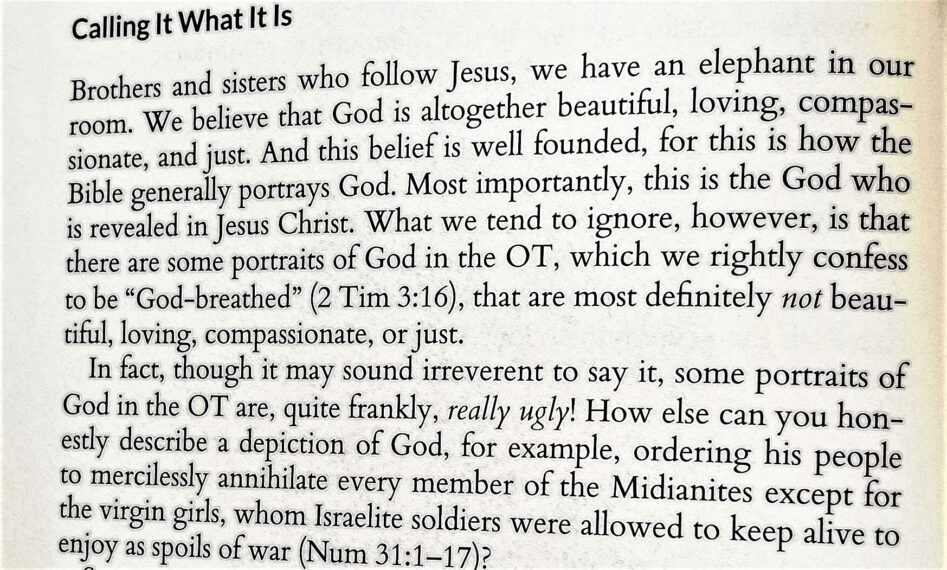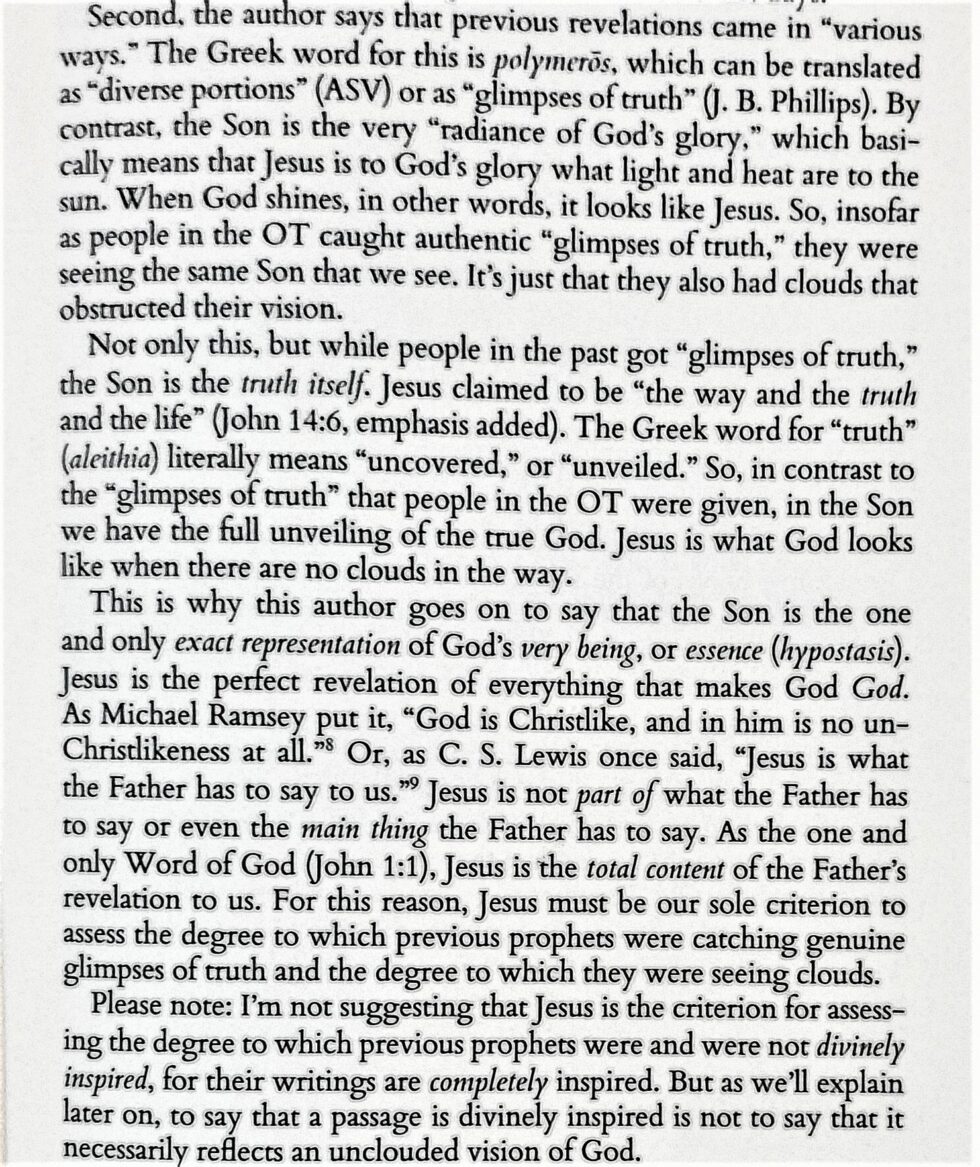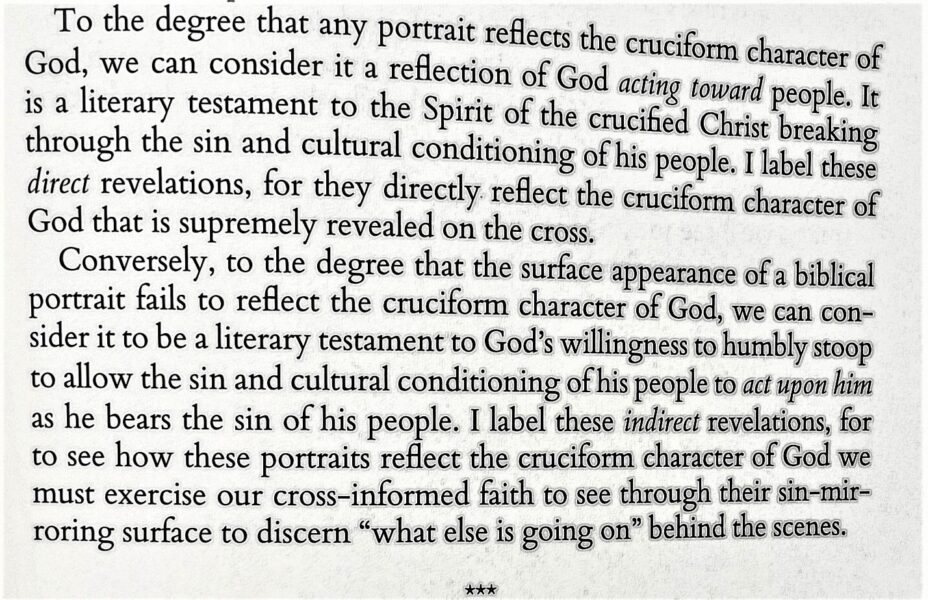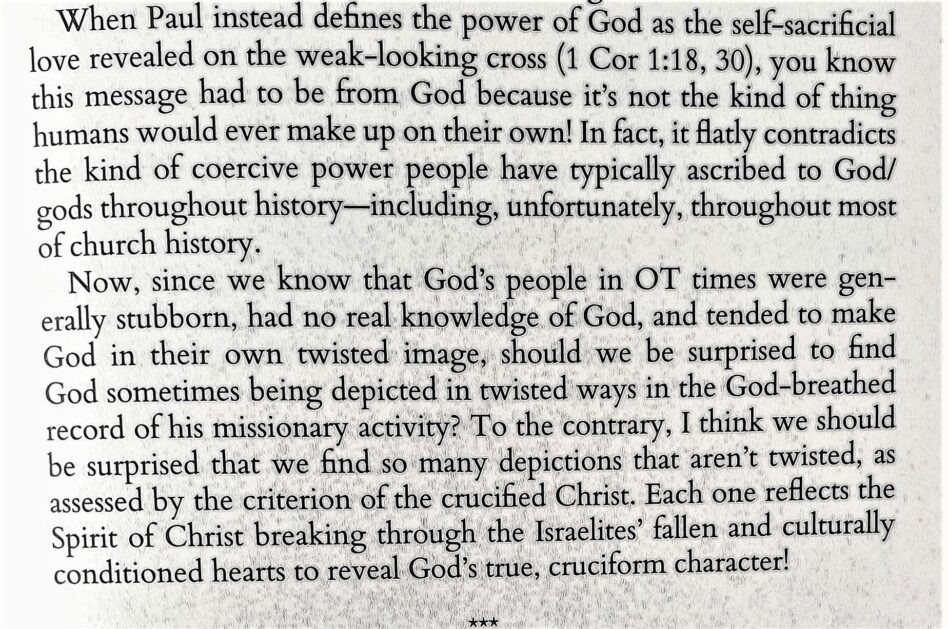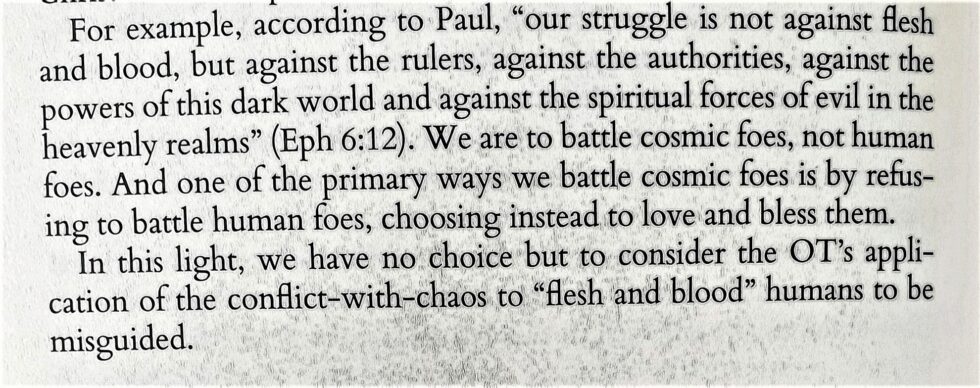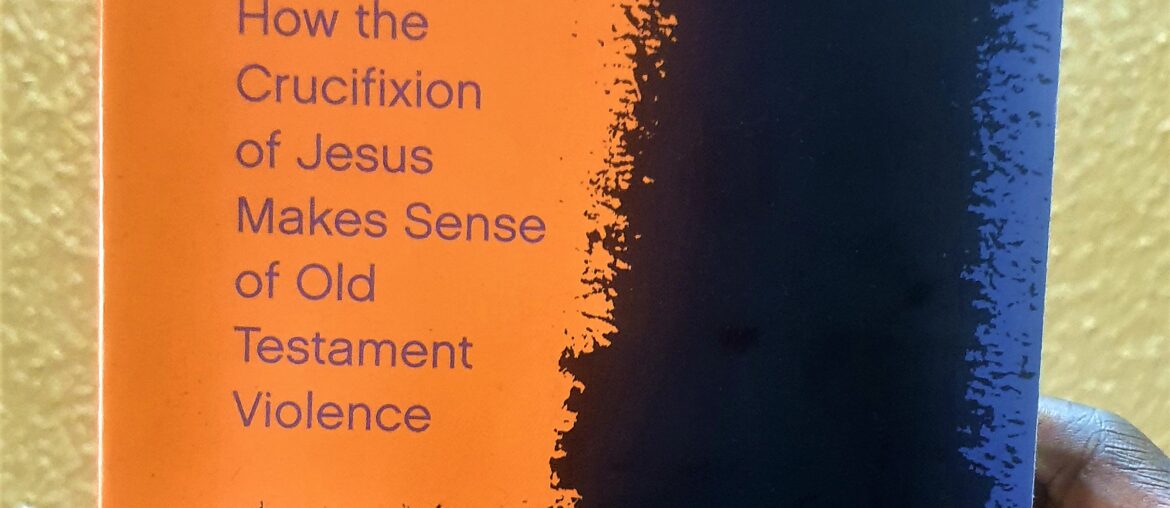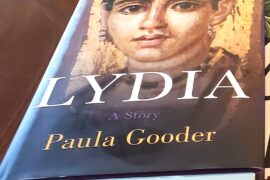A while back, I saw a viral tweet that was asking people for a verse of the bible that encapsulated the reason why they still believed as Christians, As is often the case, I did not engage with the tweet but scrolled through almost a hundred responses. Despite not responding, I was reminded of what my response would have been. Without a second thought, it would have been – Hebrews 1:1-3.
In recent years I have reinforced the foundation that the Christian faith is actually all about the redemptive work as depicted in the birth, life, death and resurrection of Jesus Christ. In the totality of this, the true nature and essence of the Godhead is revealed fully. The rest of the story is a backdrop point to and emerging out of this core. Like C.S. Lewis famously put it and my anabaptist friends are quick to remind us, “It is Christ himself, not the bible, who is the true word of God”. I have long wrestled with the rest of the story that depicts God as obviously contrary to what is revealed in Jesus. If the whole bible is God-breathed and Jesus is the ultimate revelation of God, how do I reconcile the insane violence that I see in the old testament with the non-violent Jesus (who died a violent death on a cross)?
This has puzzled me for a long time and I was glad to finally read Cross Vision written by Greg Boyd who is one of my favourite theologians and also one person who is not scared of exploring such difficult and messy topics. In Cross Vision, Greg Boyd tackles an elephant in the room – the vivid and multiple depictions of violence in the old testament and attributed to God. The foundation of Cross Vision’s exploration is a comparison of the old testament’s portrait of God with what is revealed in Jesus’ life, death and ministry. This is a very critical and valid comparison based on Jesus’ response to Philip in John 14. A casual examination of these portraits shows that something is amiss. It is either God is not exactly as he reveals himself in Jesus Christ or that he is exactly as he revealed in Jesus but something else is happening in these old testament portraits. In typical cruciform theology, these portraits culminate in the cross. The culmination is accounted for by seeing how God accommodates the fallen views that humans in the old testament have of the Godhead. Accommodations to God’s marriage ideal, accommodation of a human king, accommodation of war and violence and accommodation of animal sacrifices. In all of these, the old testament people projected their belief unto Yahweh and God accommodated them not because they were ideal but because insofar as any law or activity that is ascribed to God involves a nature that is no Christ-like, it must to that degree be considered an accommodating, sin-mirroring portrait that indirectly testifies to the sin-bearing God revealed on the cross of Calvary. This is the crux of the convincing argument in Cross Vision. In making this argument, all violent portraits of God in the old testament are dissected and the result is most reassuring. The most challenging is Abraham’s attempted sacrifice of Isaac. For me, I was not fully convinced with the explanation of the drowning of Pharoah’s army in the Red Sea.
Cross Vision is a very valuable tool for believers who are willing to confront the knotty issue of violent portrayal in the old testament without compromising the God that is revealed in Jesus Christ. Greg Boud has confronted this thorny issue and come out of it with the cross further burnished. I can’t recommend this highly enough.
4/5
